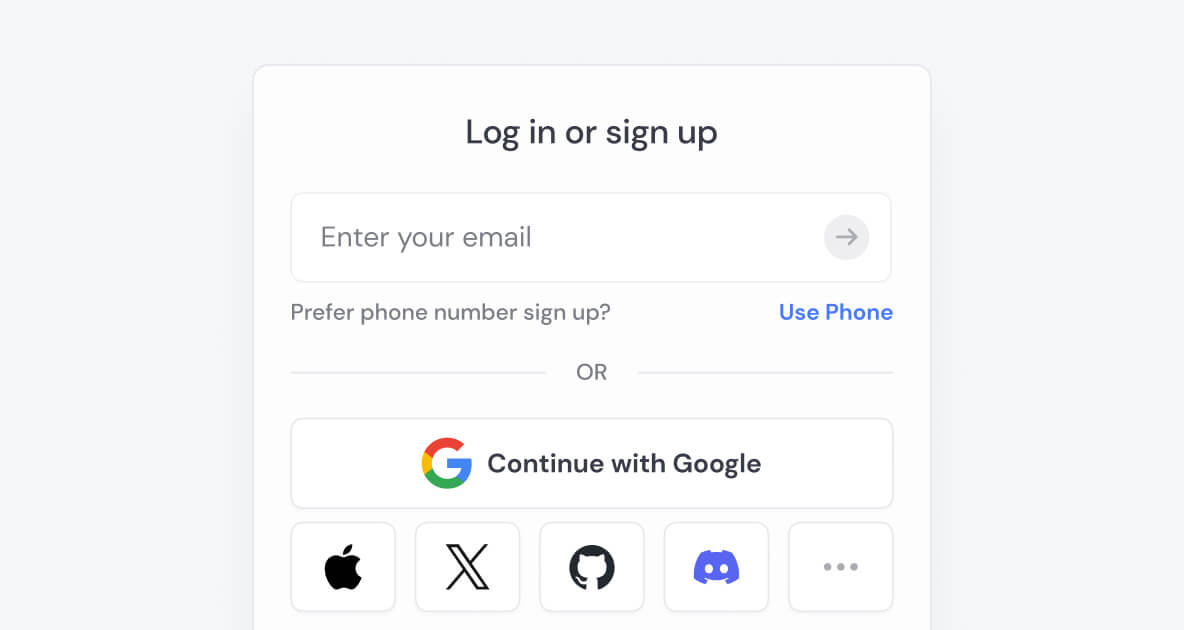Build on Top of Sui’s Vibrant Ecosystem
Sui is a layer-1 blockchain optimized for scalability, leveraging horizontal scaling to maintain low gas fees and quick transactions.

Seamlessly onboard new users in seconds
Grow your project with instant settlement and horizontal scaling
Build apps with a focus on superior user experience
What is Sui
A fast, secure, and scalable layer-1 blockchain
Sui is a layer-1 blockchain optimized for scalability, leveraging horizontal scaling to maintain low gas fees and quick transactions. Sui is built with the Move programming language, which offers a safe and easy way for Web2 developers to build in crypto. Sui also takes a unique approach with on-chain assets, bringing new possibilities for creators and developers.
SUI is gaining momentum…
~$2.25B
TVL
~300,000
TPS
1.3M+
Daily Active Users
What’s being built on Sui?
Apps that focus on simple development, powered by fast and scalable infrastructure.
Trading & DeFi
Build on a solid foundation with fast execution, instant finality, and cost-efficient processing of high transaction volumes.

Gaming
Unlock what games need: crypto abstraction, limitless scalability, quick transactions, low costs, and dynamic game assets.

Commerce
Incorporate digital assets into your product to deliver engaging experiences that encourage customer loyalty and repeat interactions.

Get started
Wallets that matter on Sui
Here are the top crypto wallets used on Sui.
Dynamic supports an extensive list of wallets across this ecosystem, with mobile deep linking, multi-wallet handling, merging and transaction/signing handling.






The Evolution of SVM Chains (Solana Virtual Machine)
Your guide to the Solana Virtual Machine: what it is, why it matters, and innovative projects that are leveraging it.

Blending Innovation with Bear-Themed Culture
Dive into the Berachain ecosystem and how it is forming one of the most active and vibrant communities in crypto.

Key terms to know
Time to Finality (TTF)
The time that it takes to finalize a transaction after it has been submitted to the chain.
DPoS (Delegated Proof-of-Stake):
DPoS is a variant of the popular proof-of-stake consensus mechanism where delegated validators are entrusted with confirming transactions.
Horizontal Scalability
Sui’s parallel transaction execution system handles transactions simultaneously, allowing it to avoid congestion and excel during high-traffic times.
Move
The native programming language of the Sui network, which builds off of the key issues of Rust to optimize blockchain safety.
Dynamic NFTs
Dynamic NFTs are programmable NFTs that can be upgraded, bundled, or grouped in ways tailored to specific applications, such as customizing avatars or items based on gameplay.
EVM-Compatibility
The ability of a blockchain to write and execute smart contract code and run the EVM, allowing developers to easily write and post smart contracts on several EVM blockchains without making major code changes.
FAQs
How is Sui different from other layer-1 blockchains?
Sui sets itself apart from other layer-1 blockchains with its focus on scalability, speed, and simplicity for developers. Its horizontal scalability allows the network to avoid congestion and keep gas fees low. Additionally, its unique Move programming language provides a safe and intuitive environment for developers, especially those transitioning from Web2. Lastly, its unique approach to on-chain assets unlocks new possibilities for builders in gaming, DeFi, and more.
What are the benefits of the Move programming language?
Move minimizes common vulnerabilities in smart contracts while providing a new approach for building digital asset infrastructure. Its code structure is seamless for developers familiar with modern programming languages, making it easier for Web2 developers to transition to Web3. Move’s design also enhances flexibility, allowing developers to create customizable and dynamic assets.
How does DPoS differ from traditional Proof-of-stake (PoS)?
DPoS introduces a layer of delegation, where token holders vote for a small group of trusted validators to secure the network on their behalf. This approach improves scalability and transaction speed by reducing the number of participants directly involved in consensus.
Why does horizontal scalability matter?
Horizontal scalability allows blockchains to handle more transactions simultaneously instead of being limited by a single processing pipeline. This is especially critical for blockchain use cases like gaming, DeFi, and commerce, where high transaction volumes are common.
Set up your BitcoinKit now!
The first and best Bitcoin wallet adapter.



















.svg)